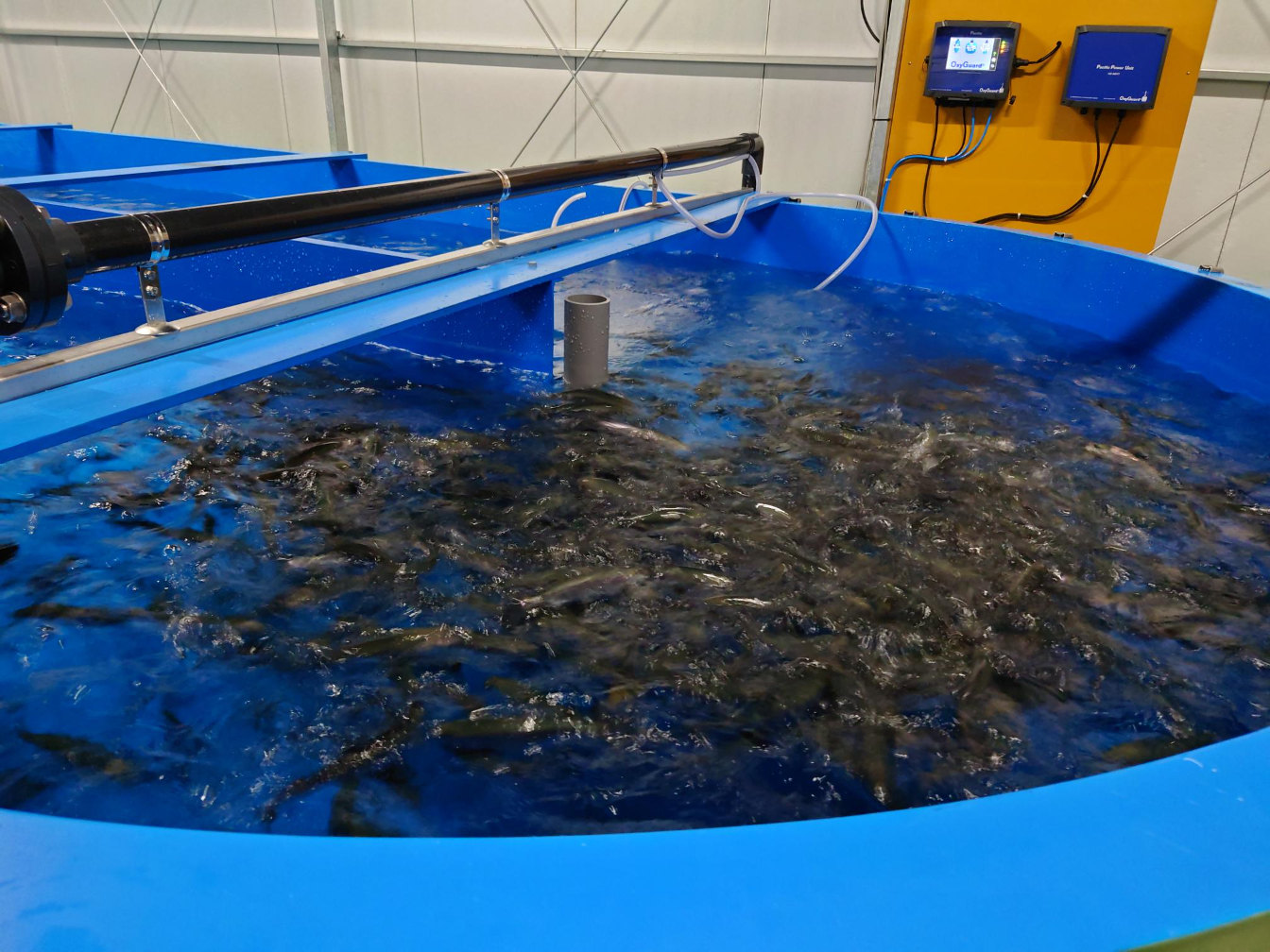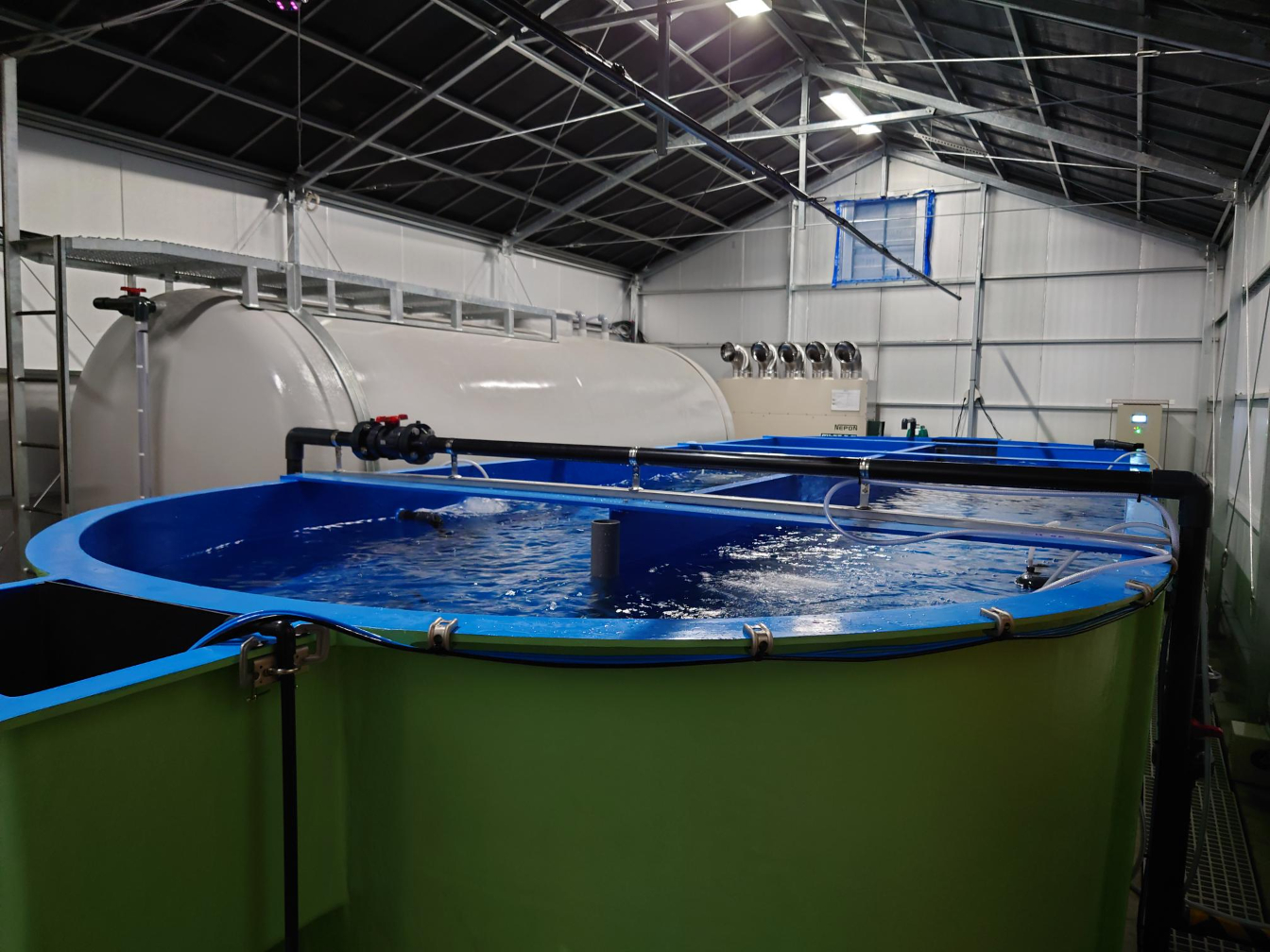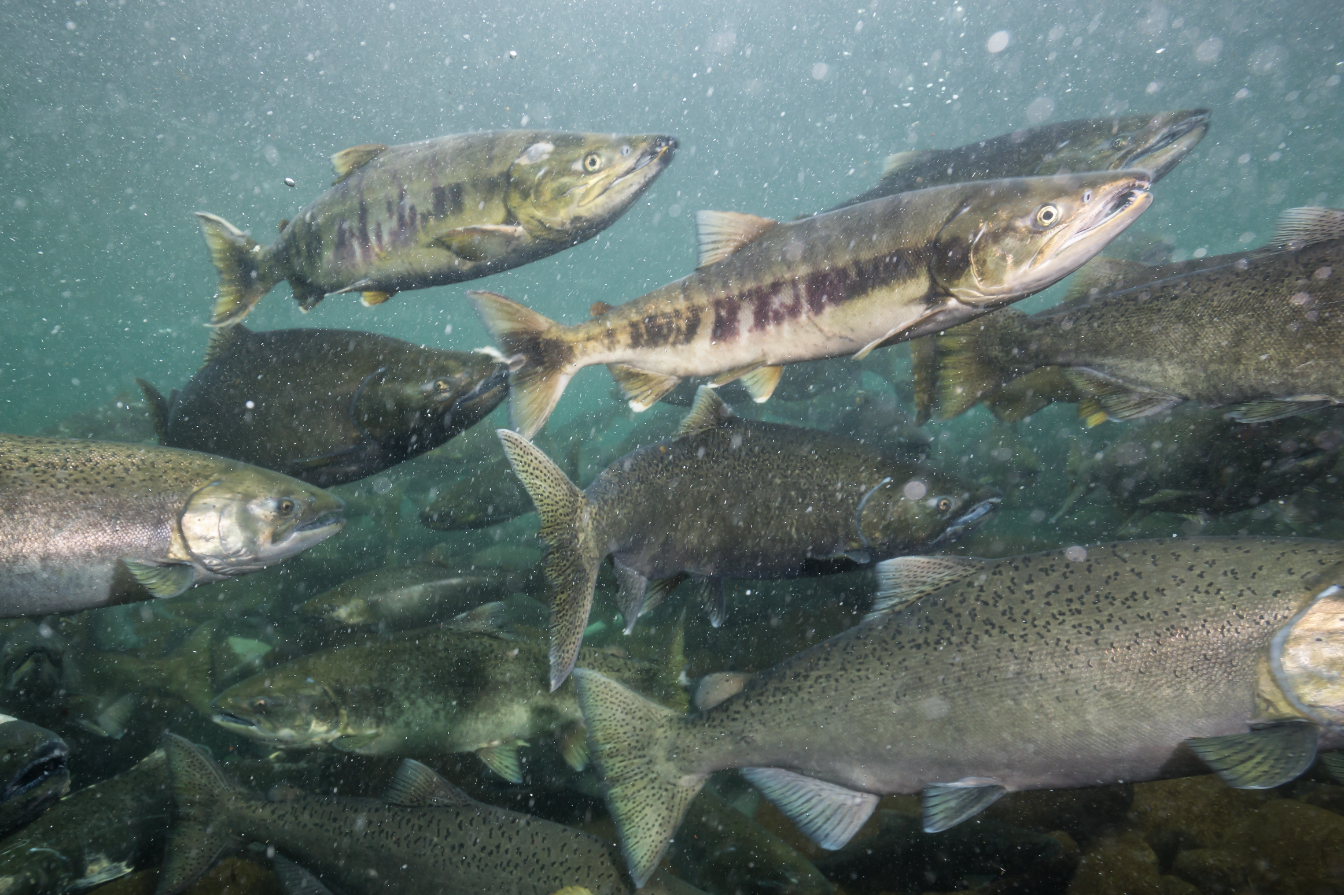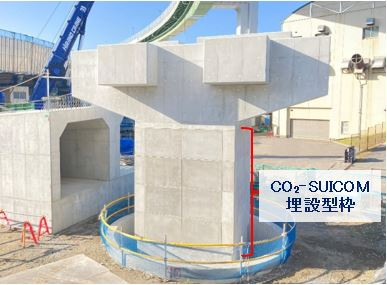※当記事はアップデート版が2023年9月22日にこちらで公開されています。
J-STORIES ー 海がない環境でも海水魚が育つ「好適環境水」を使い、内陸国モンゴルでハタの養殖実験に成功した岡山理科大学などの共同研究チームが、次のプロジェクトとして、成功すれば世界初となるベニザケの陸上養殖に取り組んでいる。
J-STORIES ー 海がない環境でも海水魚が育つ「好適環境水」を使い、内陸国モンゴルでハタの養殖実験に成功した岡山理科大学などの共同研究チームが、次のプロジェクトとして、成功すれば世界初となるベニザケの陸上養殖に取り組んでいる。
好適環境水を用いた完全閉鎖循環式の陸上養殖プロジェクトは、特許技術を保有する岡山理科大学と東日本電信電話株式会社(NTT東日本、東京都新宿区)、そして株式会社いちい(福島県福島市)の共同の実証実験として2022年1月に始動した。

好適環境水はナトリウム・カリウム・カルシウムという魚の代謝に必要な3種類の電解質を真水に加えたもので、その濃度は海水と比べて非常に低い。単に海水魚を育てるだけでなく、海水における自然な生育よりも早く成長させることができる、という効果を備えている。
研究を主導する同大学の山本俊政准教授によると、好適環境水が開発されたきっかけは、岡山県が海から遠かったこと。J-Storiesの取材に対し、同氏は当時の教え子から淡水でプランクトンができないものかと尋ねられたことから研究が始まり、海が周りにない地域や国でも同じような環境下で魚を飼育し、養殖できるようになった、と語った。

NTT東日本 広報室 佐倉 裕之さんはJ-Storiesの取材で、2024年までに事業化規模の養殖を実現させたいと話す。そのためには1月から始動した本実証を通し、ベニザケを出荷予定サイズである1kg以上(大型化)まで完全閉鎖循環式陸上養殖の環境下で育てることが必要だという。
山本准教授は、好適環境水を使い、太陽光発電など自然エネルギー環境下で魚類や甲殻類の養殖を成功できれば、国内水産業のサスティナブル(持続可能)な活性化に貢献できるだろうと期待を語っている。
記事:高畑依実 編集:北松克朗
トップ写真:edb3_16/ Envato
この記事に関するお問い合わせは、 jstories@pacificbridge.jp にお寄せください。
***
***
本記事の英語版は、こちらからご覧になれます。





_bigthumbnail.jpeg)





![[PODCAST] 外国人創業者が変える日本のスタートアップの形 (Part 7)](https://storage.googleapis.com/jstories-cms.appspot.com/images/1763538829673unnamed_bigthumbnail.jpg)
![[PODCAST] 外国人創業者が変える日本のスタートアップの形 (Part 6)](https://storage.googleapis.com/jstories-cms.appspot.com/images/1763000777388unnamed_bigthumbnail.jpg)







![[PODCAST] 如何打造成功的新創企業社群(第2集)](https://storage.googleapis.com/jstories-cms.appspot.com/images/1748493203370business-man-holding-light-bulb-social-network-2024-10-31-22-37-36-utc_smallthumbnail.jpg)


